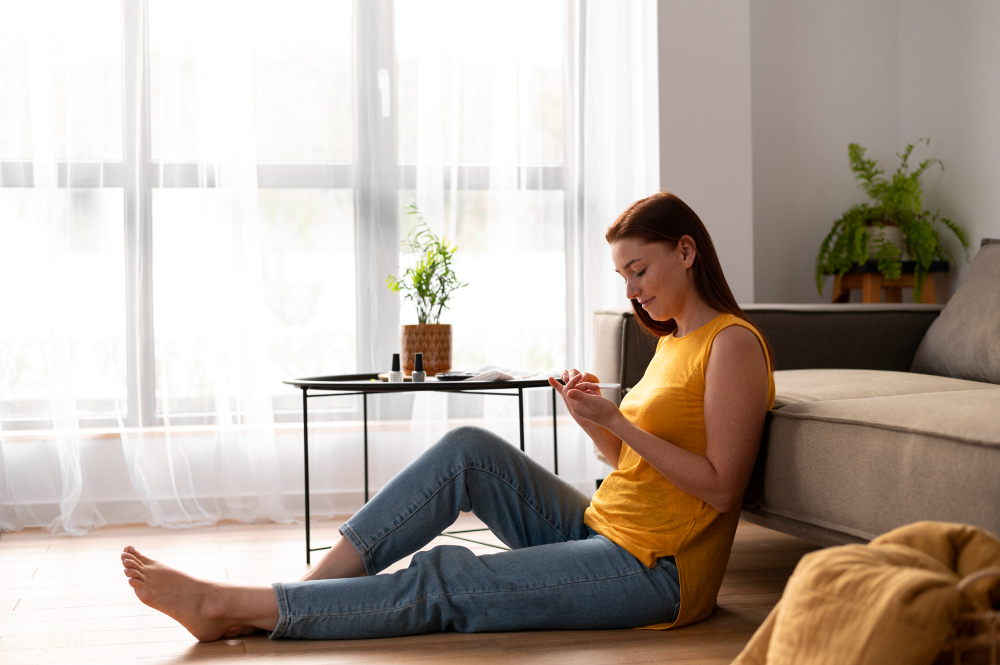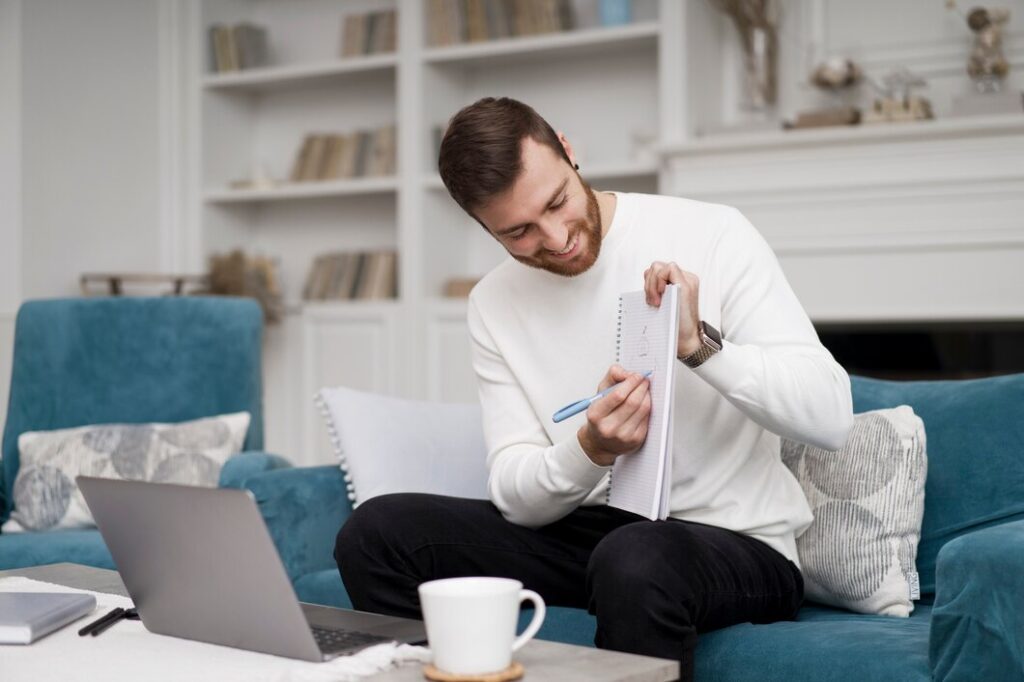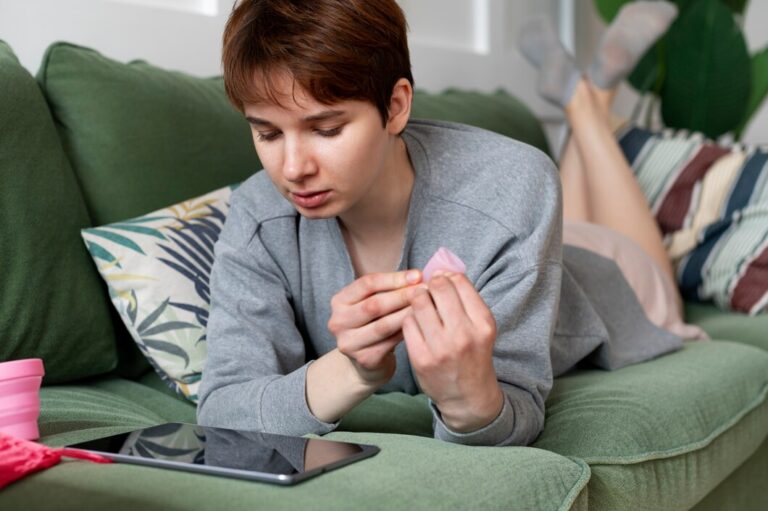
In a world where our screens feel like extensions of our hands, even the idea of taking a break from them can seem daunting. Between work emails, social media updates, streaming shows, and constant notifications, our brains rarely get a chance to rest. That’s why a 7 day digital detox can be so powerful — it’s short enough to feel achievable, yet long enough to reset your relationship with technology.
Unlike long-term lifestyle changes, a beginner digital detox doesn’t require drastic measures like quitting your phone cold turkey for months. Instead, you can take it one day at a time, slowly peeling back the layers of digital dependence while creating space for screen-free moments.

Think of it like a gentle cleanse for your mind:
- You reduce distractions.
- You rediscover offline hobbies.
- You regain mental clarity.
And best of all, a short screen-free challenge is more likely to fit into a busy lifestyle. By the end of just one week, you’ll not only feel lighter mentally but also have a clearer plan for keeping your tech habits balanced in the future.
Day 1–2 – Reducing Easy Distractions
The first step in any daily digital detox plan is to start small. Trying to cut out all devices from day one is like deciding to run a marathon without training — it’s a recipe for frustration. Instead, use the first two days to focus on eliminating the simplest, most obvious distractions.
1. Silence the Noise
- Turn off non-essential notifications on your phone (social media pings, shopping app alerts, random news updates).
- Keep only calls, texts from close contacts, and important work notifications active.
This one step alone can drastically cut the number of times you check your phone each day.
2. Make the Phone Less Tempting
- Relocate your most attention-grabbing apps, such as Instagram or TikTok, away from your phone’s home screen.
- Consider logging out or temporarily uninstalling them.
- Keep your phone in another room during meals or while working.
3. Introduce Micro-Breaks
Every time you feel the urge to check your device, pause for 30 seconds and take three deep breaths. This short delay helps retrain your brain’s “instant check” habit.
Example daily goals for Day 1–2:
- No screens during breakfast and dinner.
- 30 minutes of reading a physical book before bed.
- 2–3 “phone-free” hours spread throughout the day.
By the end of Day 2, you should notice your mental state feeling less scattered. The goal here isn’t to completely remove screens yet, but to stop the constant interruptions that drain your focus.
Day 3–4 – Creating Offline Rituals
Once you’ve reduced distractions, it’s time to fill that freed-up time with offline rituals that bring you joy and calm. This is where the detox starts to feel less like restriction and more like a lifestyle upgrade.
1. Morning Without Screens
Begin your morning without immediately grabbing your phone. Instead:
- Drink a glass of water.
- Journal for 5 minutes.
- Take a short walk or do light stretching.
This sets a calmer tone for the entire day.
2. Afternoon Energy Boost Without Tech
Instead of scrolling during your lunch break or coffee time, try:
- Play music through a speaker so you can enjoy it without holding your phone.
- Doing a 10-minute breathing exercise.
- Calling a friend on a landline or sitting outside in the sun.
3. Evening Wind-Down
Screens emit blue light that interferes with sleep. By swapping your nighttime scrolling for screen-free activities, you’ll likely fall asleep faster. Try:
- Reading a magazine or physical book.
- Doing a puzzle or crossword.
- Practicing mindfulness or light stretching before bed.
During these two days, your focus is on replacing old screen habits with enjoyable beginner digital detox routines. If you treat these offline rituals as rewards instead of sacrifices, you’ll naturally start craving them.
Day 5–6 – Deepening Offline Engagement
By now, your brain has started to adjust to fewer digital distractions. The next step is to actively deepen your offline experiences, making them richer and more rewarding than anything you’d find on a screen.
1. Plan a Screen-Free Activity Block
Choose at least one 2–4 hour block each day where you won’t touch your phone or laptop. Use that time for:
- A cooking project.
- A home DIY or craft activity.
- Visiting a local park, museum, or market.
2. Go Analog with Entertainment
Swap streaming marathons for interactive, tactile fun:
- Board games or card games.
- Painting or sketching.
- Baking something from scratch.
3. Connect Face-to-Face
Screens can’t replace real human interaction. During your screen-free challenge, make time for:
- Coffee with a friend.
- A family cooking night.
- Joining a local class or community group.
On these days, the goal is not just to avoid screens but to fully immerse yourself in activities that leave you energized rather than drained. You’ll likely notice more creativity, patience, and presence in your everyday life.
Day 7 – Reflect & Plan Ongoing Habits
The final day of your 7-day digital detox is all about reflection and forward planning. You’ve reduced distractions, built offline rituals, and deepened your real-world engagement — now it’s time to make it stick.
1. Review Your Week
Ask yourself:
- Which screen-free habits did I enjoy most?
- Which moments felt challenging?
- Did I sleep better, feel calmer, or get more done?
2. Identify Your “Non-Negotiables”
Decide which detox habits you want to keep beyond this week. This might include:
- No screens during meals.
- One screen-free morning or evening per week.
- Social media breaks every Sunday.
3. Set Boundaries for the Future
If you found yourself drifting back to your phone, set specific rules for when and where you’ll use it. Examples:
- No phones in the bedroom.
- A 9 p.m. “digital sunset.”
- Limiting social media to 30 minutes per day.
4. Celebrate Your Progress
Recognize that you’ve completed a daily digital detox plan that many people never even start. Reward yourself with something that’s not screen-related — perhaps a new journal, plant, or book.
Conclusion – Your Invitation to a 30-Day Challenge
If one week can make you feel this refreshed, imagine what a month could do. A 30-day screen-free challenge takes the foundation you’ve built and strengthens it into a lasting lifestyle change. Over a month, you can:
- Completely rewire your screen habits.
- Spend significantly more time on hobbies, relationships, and self-care.
- Experience deeper mental clarity and improved focus.
The good news? You don’t have to do it alone. Join our upcoming 30-day digital detox program and connect with others who are also ready to reclaim their time, energy, and attention from their devices.
Your 7-day detox was just the beginning. The next step is up to you — will you go back to old patterns or keep building the life you want, one screen-free day at a time?
Final Word
This beginner digital detox isn’t about demonizing technology. It’s about regaining control so your devices serve you, not the other way around. By following this 7-day digital detox at home, you’ve proven you can carve out space for what truly matters — connection, creativity, and calm.
Your phone will still be there tomorrow, but so will your new sense of balance. And that’s the real win.
Download the Free “7-Day Digital Detox Checklist”
Ready to start your 7-day digital detox but not sure where to begin? We’ve made it simple for you.
Our free 7-Day Digital Detox Checklist gives you:
- ✅ A day-by-day plan with easy, actionable steps.
- ✅ Screen-free activity ideas for mornings, afternoons, and evenings.
- ✅ Tips for handling social media cravings and reducing notifications.
- ✅ Space to track your progress and note your wins.
- ✅ Motivation to keep going beyond the week.
Think of it as your personal daily digital detox plan — no guesswork, no overwhelm, just a clear path to less screen time and more real-life moments.
📩 Get Your Free Checklist Now
Stop waiting for the “perfect time” to unplug — download your checklist now and make your first step toward a calmer, more focused life.



